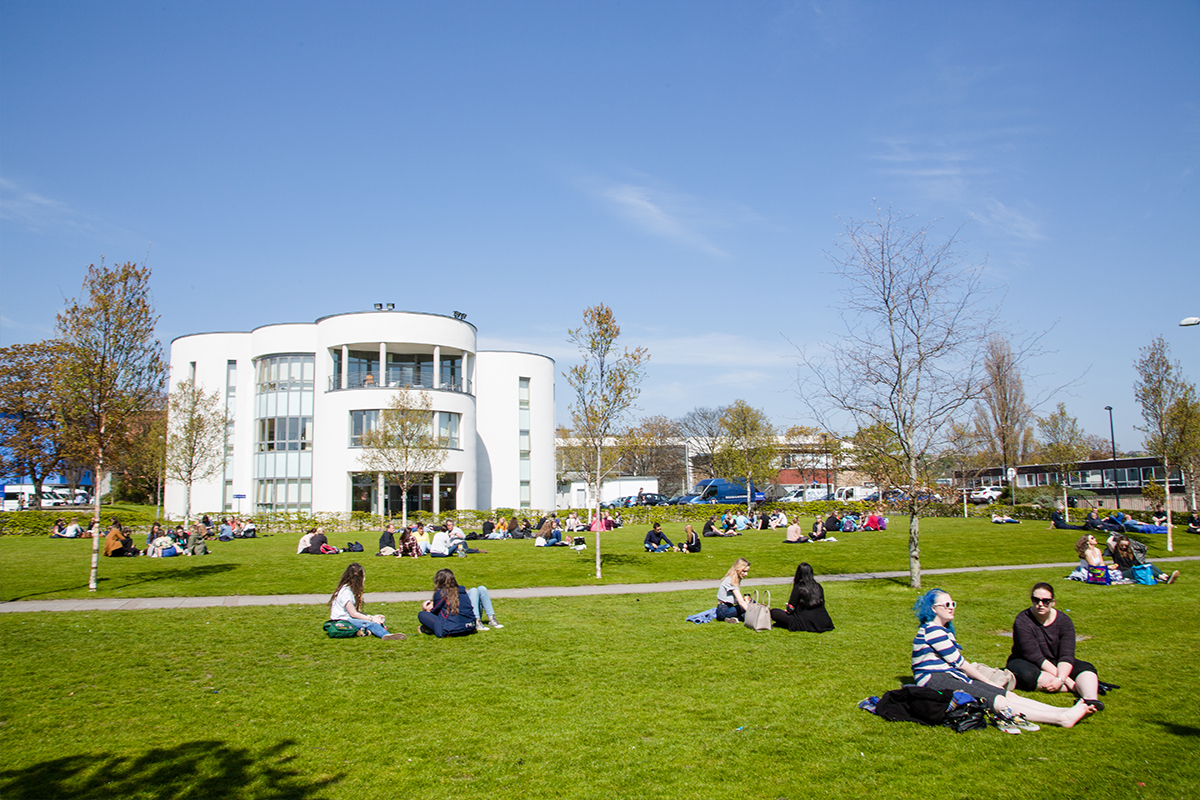As an IB pathway student-teacher studying at the University of Dundee, Julia Savaniu completed a virtual practicum at the International School of Como. She reflects on how virtual learning allowed her to individualize student instruction and helped students master the technology needs our world now requires.

To learn more about the impact that the COVID-19 (Coronavirus) pandemic is having on education, we connected with educators, student-teachers and schools. You can find more perspectives from this series here.
How has remote learning and conducting an online practicum challenged you?
Julia Savaniu: It was inspiring to be a part of virtual school life at the International School of Como and to see the resilience and cooperation that both teachers and students had in facing this new way of learning together.
Going into the online practicum, I anticipated technology to add an aspect of unpredictability to the school day. Considering the novelty of remote learning, this challenge was always present, but everyone in the school community worked to overcome it with patience and forward-planning, so we were prepared for the next day.
During this practicum, I volunteered to tutor an EAL (English as an additional language) student with her support needs. Conducting our sessions online made productivity a challenge and communication harder because of the inherent language barrier. I was challenged to find methods to stimulate motivation in the online environment, while also considering the student’s learning needs.
Each day, our communication improved as I understood her thinking and considered how the learning was viewed through a student’s eyes. We took on challenging concepts as a team, approaching the problem together and talking about the reasoning behind it. I felt proud to see this benefiting her confidence to tackle some problems on her own.
“I was challenged to find methods to stimulate motivation in the online environment”
Overcoming the language barrier was a challenge throughout, but I could empathize with her anxiety to speak English, her additional language. I encouraged her to be a risk-taker by asking her about herself, which provoked conversation. Technology was an enabler in this instance as, with the help of Google Translate, I could use Italian to teach her challenging English vocabulary.
How do you expect in-person classroom instruction during your IB practicum next year to differ from the virtual education you have just observed?
I have gained a deeper understanding of Primary Years Programme (PYP) theory in this online practicum and in the classroom. I look forward to seeing the concepts applied in practice.
In the PYP exhibitions that took place online, students showed a clear understanding of what represents a learner in the PYP. They could identify and embody the IB learner profile attributes and then devised relevant actions to take from their informed perspective. It is clear that educators have played a key role in nurturing the attributes of a good learner in each student.
In the classroom, key concepts related to a central idea can be explored in even greater depth by using physical examples to illustrate learning. This can aid students’ motivation to learn, as through practical exploration they can grasp a conceptual understanding and can only be done to an extent through virtual education. Furthermore, the student’s voice and choice in learning is heard more in a classroom and allows them to experiment and test what they wonder, as opposed to the primarily teacher-led lessons that I tended to see in online learning.
What advice do you have for other future educators as they navigate the differences in virtual to in-person teaching?
“Students and teachers have become more accustomed to technology in this time, these skills should not be shelved as they can benefit face-to-face teaching also”.
I have learned valuable lessons from my online practicum experience to carry forward into the classroom. As both students and teachers have become more accustomed to technology in this time, these skills should not be shelved as they can benefit face-to-face teaching also. For instance, videos created by teachers that support learning can be kept by the students, acting as a great revision tool. Moreover, the presentation of schoolwork can be diversified, as our engagement with technology has advanced greatly and students should continue to practice and improve these invaluable skills that are required in the modern world.
Through virtual teaching, teachers have another means of connecting with students, supporting the transition from solitary, home learning to collective learning taking place in the classroom. Resources such as Google Classroom, which make class materials easily accessible, are also engaging for students as they can view others’ work and provide feedback, much like in the classroom.
I think most students will be very happy to return to a familiar classroom environment, where they see friendly faces and resume the social aspects related to learning. However, educators should pay close attention to the students who initially struggle to adapt and provide support to help ensure students are not overwhelmed or apprehensive. The transition could be made easier by initially starting with activities in pairs, so they become used to communicating and working in a team.

Julia Savaniu is completing her MA education at the University of Dundee in Scotland.
To gain either an IB certificate in teaching and learning or in leadership research, simply enroll in a programme of study at one of our IB-recognized universities.
Interested in learning more about how a Master of Education degree can help shape your career? See how the IB’s collaboration with University of the people can help fund your education and offer valuable professional development here.
If you enjoyed this story, consider reading more below:



